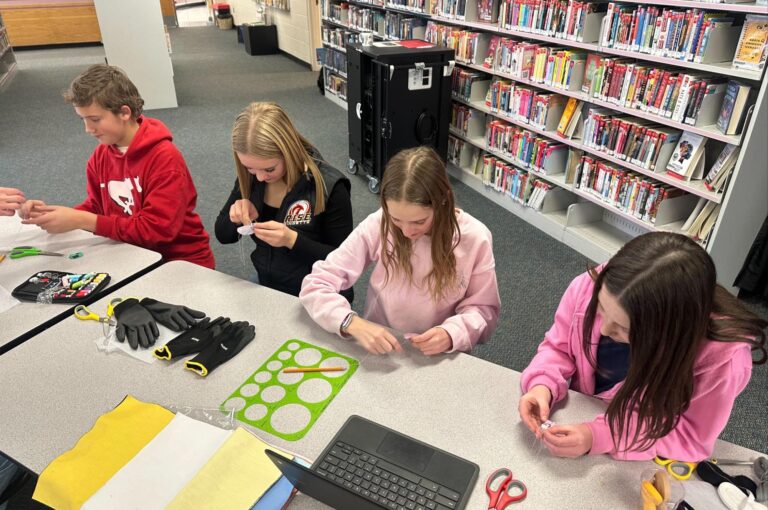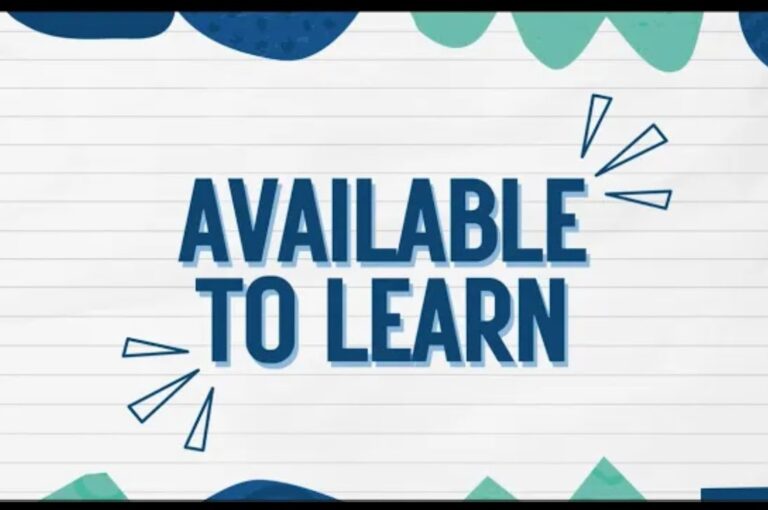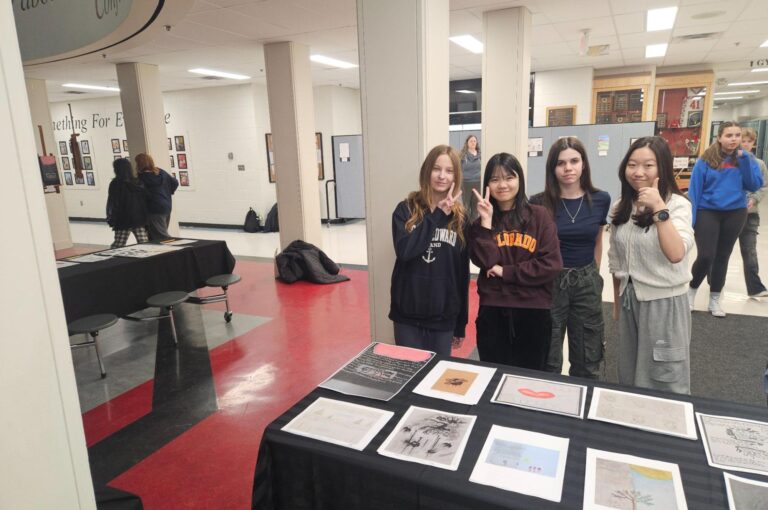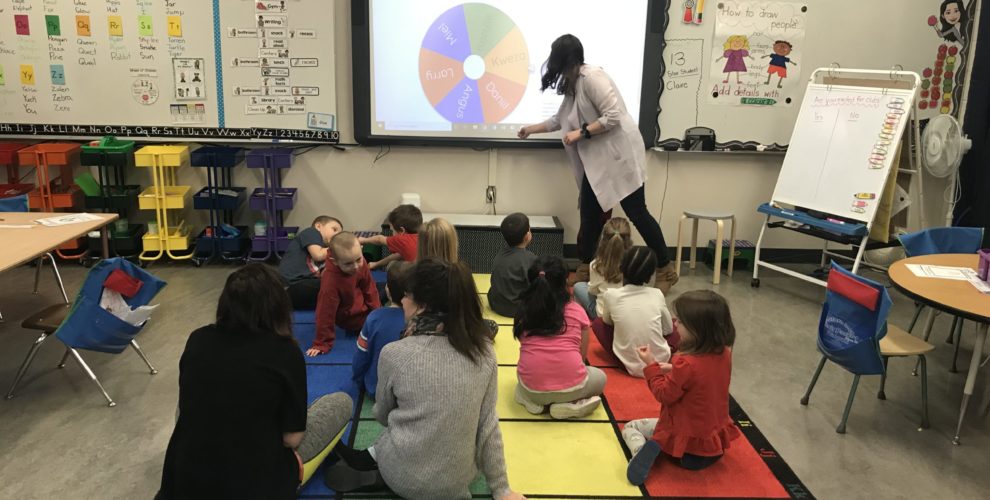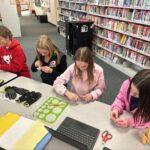Group work… it has its benefits in the classroom and it has its headaches. But the advantages far outweigh the disadvantages, and we know that collaboration is a key competency our students need for the future. We want our students to be able to collectively solve problems, find solutions, and work together to better our world. Peter Liljedahl, in his Building Thinking Classrooms workshop, argues that creating visibly random groups (VRG) for students is the best way for student thinking and collaboration (Liljedahl, 2019).
Why?
Liljedahl has researched what has the most impact in a classroom for students to think. One of these conditions is creating VRGs. When students are thrown together into a random group, it helps to build the mindset that each and every student is capable. These random groups also need to be created in front of the students, so they can witness that the groups are truly randomized. This breaks the traditional norm of students self-selecting groups, often for social reasons, or teachers strategically building groups for productivity. After a couple of weeks, students will accept the new norm of VRGs (Liljedahl, 2014).
Through his classroom research and observations, Liljedahl (2014) reported a number of benefits of using VRGs, including:
- Removal of social barriers between students
- Less reliance on the teacher and more reliance on peers for answering questions
- Increased student engagement in learning
- Development of social and collaboration skills, between group members and between groups
- Increased “mobility of knowledge (the movement of ideas, solution strategies, and solutions around the room).” (Liljedahl, 2014, p. 15)
- Increased willingness and ability to work with anyone in the classroom
Some Ways to Make Groups
- Playing cards
- Popsicle sticks
- Team Maker website
- Team Shake app
- 25 Ways of Randomly Placing Students into Pairs or Groups
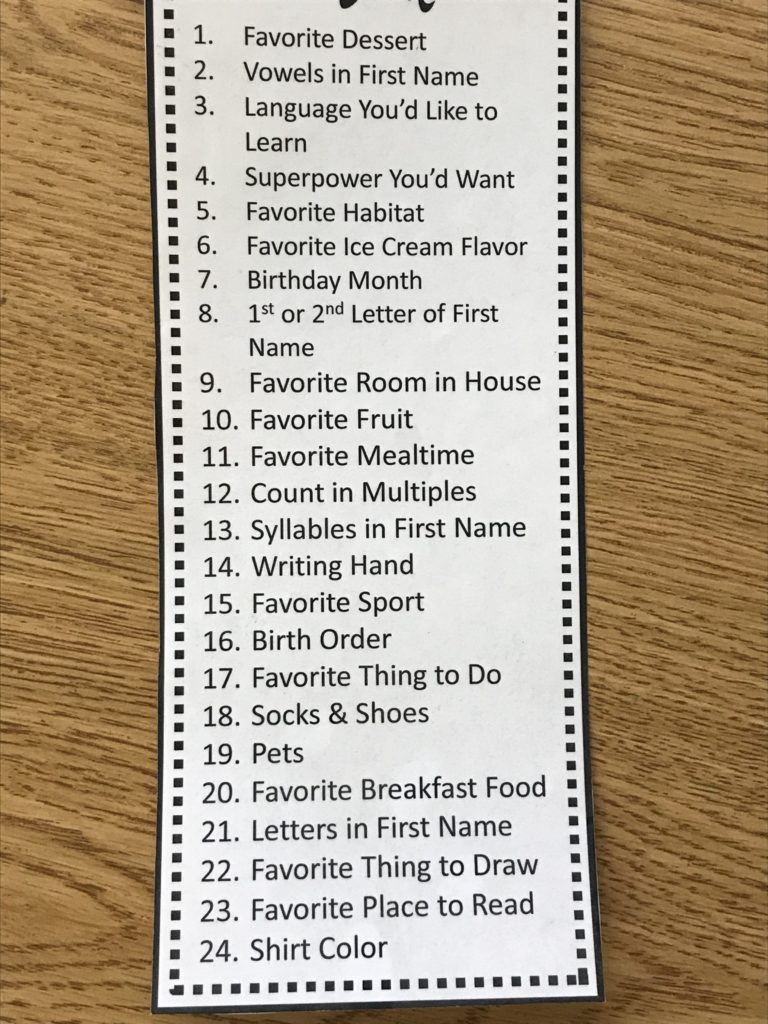
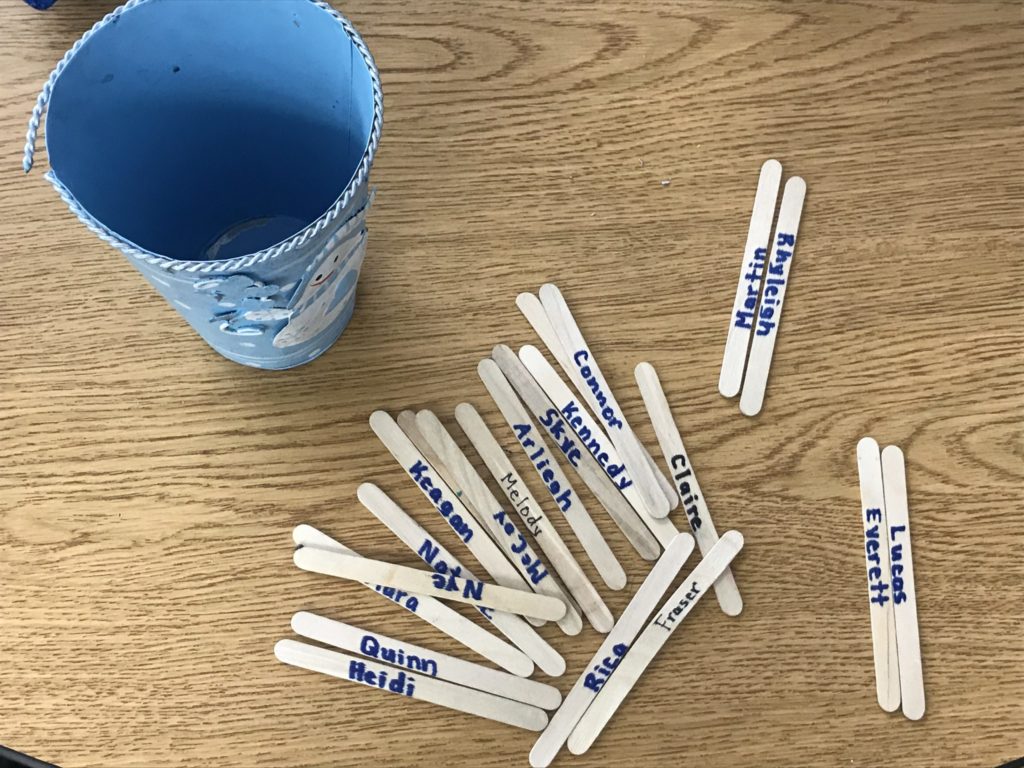
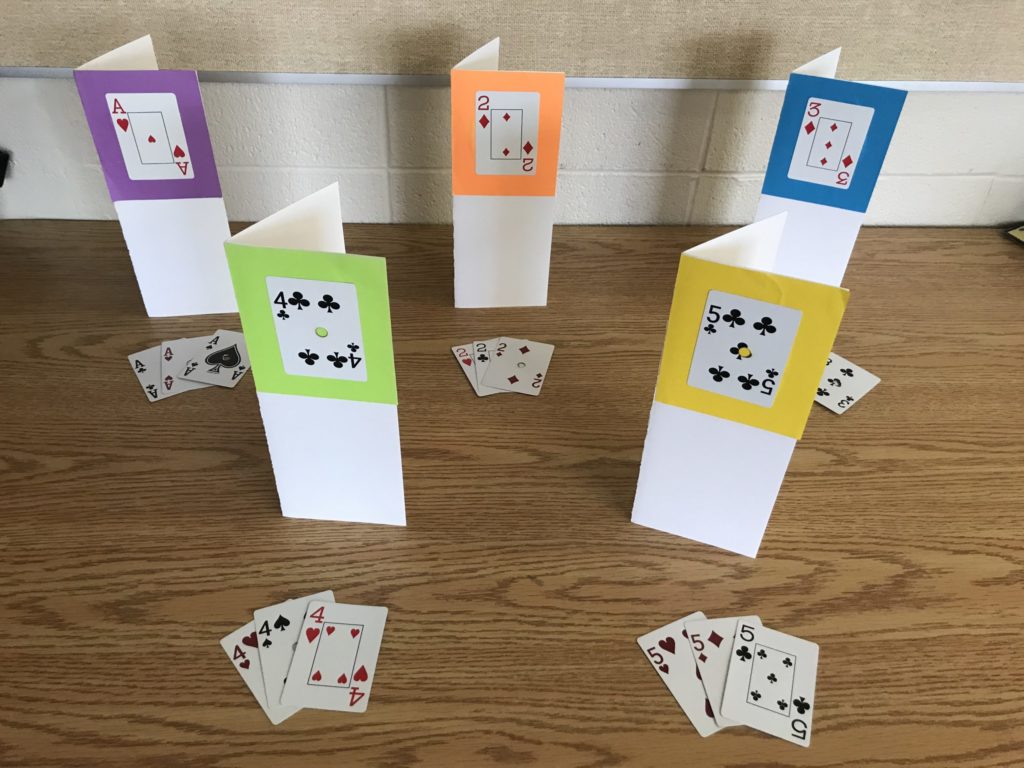
Tips
Liljedhal (2014) has reported that the following tips lead to success when using VRGs in your classroom:
- Frequently use VRGs, so students understand it is a norm of your classroom
- Change groups up every hour
- Groups of 3 work best, but for Div 1 use groups of 2
- Have a clear goal for students to work towards
Next Steps to Building a Thinking Classroom
Visible Random Groups are part of a larger shift for “Building Thinking Classrooms” from Liljedahl. Other first steps include problem solving at the beginning of each lesson and using non-permanent vertical surfaces. Together, these three strategies can elevate your classroom to reach deep understanding. To learn more, visit Building Thinking Classrooms.
Resources
The Affordances of Using Visibly Random Groups in a Mathematics Classroom
Visibly Random Groups & Vertical Non-Permanent Surfaces
References:
Liljedahl, P. (2014). The Affordances of Using Visibly Random Groups in a Mathematics Classroom. Transforming Mathematics Instruction Advances in Mathematics Education, 127–144. doi: 10.1007/978-3-319-04993-9_8
Liljedahl, P. (2019). Building Thinking Classrooms. Retrieved from Calgary Regional Consortium.

